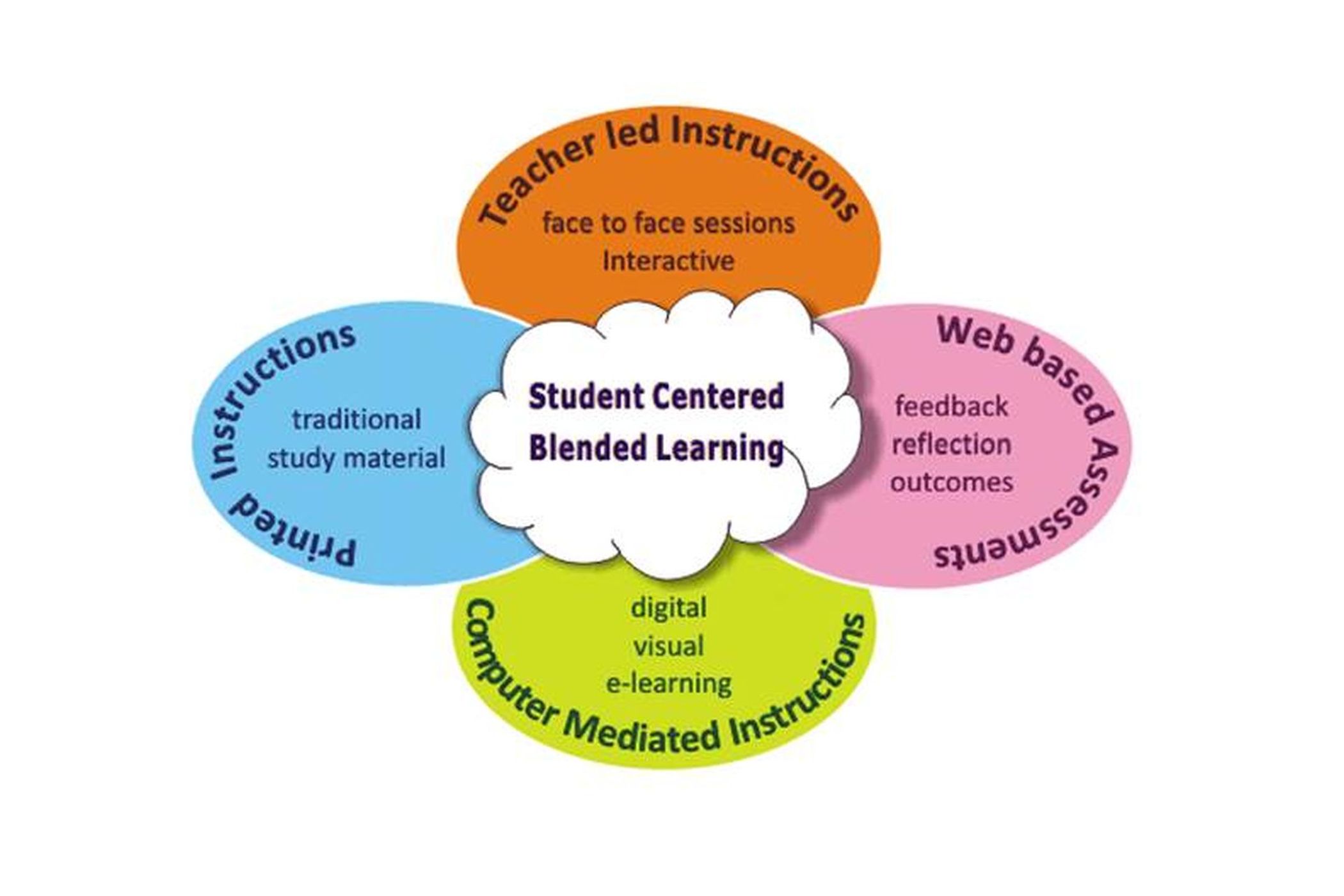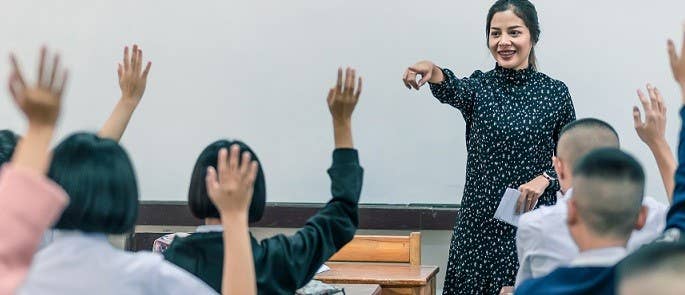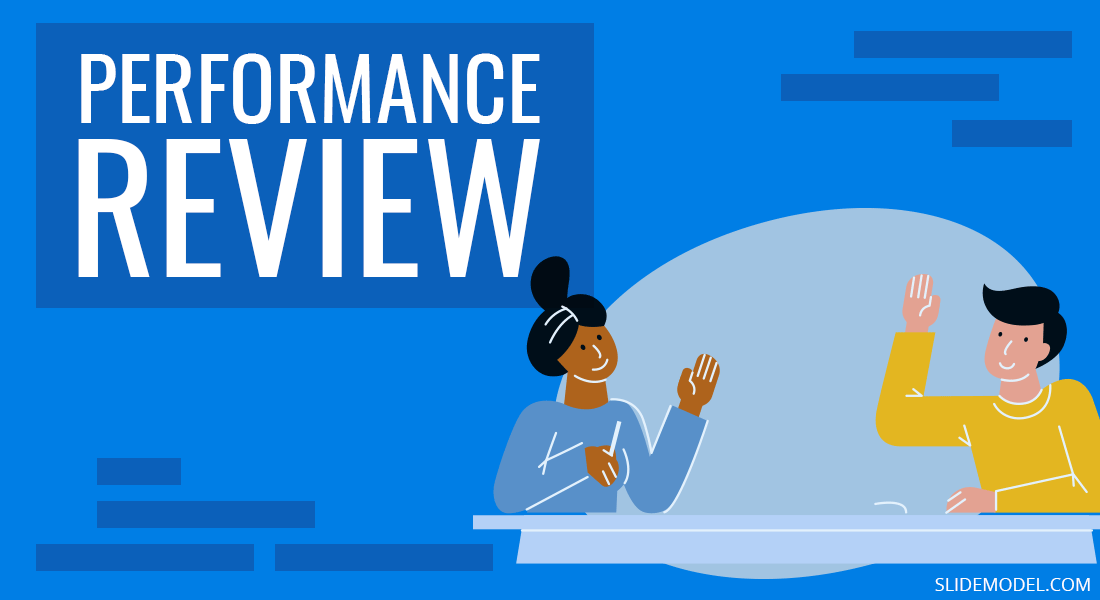At the initial phase, when I choose this course i really don’t have any idea about the main motive of this course. I have no idea that we have to post blog here. Before this class i always read the blog of others but when I get to know that we have to write blog here I was very excited. One of the key advantages of blogging is that it enables people and institutions to have an online presence and communicate their views, ideas, and knowledge with a large audience. Blog writers can get new readers and followers, establish themselves as thought leaders in their industry, and develop a devoted readership by writing and posting high-quality blog entries. A blog gives both individuals and companies the chance to interact with their audience and develop partnerships. Bloggers can engage with their audience and gradually develop trust and credibility by sharing their personal stories, observations, and opinions. As a result, readers may become more engaged, share content more frequently, and leave more comments on social media.
To begin with the class, I write my first blog by introducing my self. which I really enjoyed because while writing I get to know my self a bit more. Then in the next week I wrote about the blended learning. It is the educational approach of blending digital learning resources with more conventional face-to-face instruction in the classroom is known as blended learning. Firstly, Blended learning improves involvement, increases communication via email or online, and gives teachers new opportunities to interact and relate to their students. Another prominent point is Blended learning offers a variety of educational forms, which not only serves to amuse and satisfy students but may also be a more efficient way for them to learn and Blended learning may be able to educate pupils more successfully than conventional face-to-face instruction. It is hoped that by introducing technology elements into their lessons, teachers would be able to influence the way their pupils approach writing.
Further in week 3, I learned about Course Profile in which I choose the topic of Understanding Geometrical Shape for grade 4 and I did this with my friend Shivali. This course will serve as a preparatory course for primary level students. Students will research and learn about geometrical shapes in my course. I want the pupils to have a thorough understanding of various geometrical shapes. Giving kids the chance to explore both regular and irregular shapes is essential for educators. The properties of 2D and 3D shapes as well as the relationship between body, structure, and function must be understood by teachers. Here, the course materials are chosen in accordance with the student’s grade. Pupils can also utilize pattern blocks to create patterns, practice rotating shapes, and sort different forms. Understanding patterns is essential for critical analysis, and it can help students connect seemingly unrelated concepts. In reality, geometry may provide excellent hands-on activities to maintain your young primary students’ interest. The basics of geometry are shapes and lines, which young pupils may comprehend with ease.
Then next, I learned about Mind Mapping which is also a Great Tool for Teachers and Students. Using a mind map as a brainstorming tool, our students may organize, track, and visually structure their ideas. Mind maps are diagrams with ideas branching off of one main idea or notion in order to organize information and synthesize thoughts. Choosing the subject for your mind map’s initial topic will be the first step. Write the primary topic down and place it in the mind map’s center. During the activity, we will go into more detail about this topic, broaden our students’ perspectives, and improve their capacity for logical thought.
Then in the next week we start writing about Overview of Geometrical 2D Shapes Area. Shivali and I, who are both math’s instructors, decided on the grade 4 math’s topic because we wanted to collaborate on a project that would be useful in their classrooms. When designing a course together, we had to take into account our individual teaching philosophies as well as our own strengths and weaknesses. We believe that as a team, we did a fantastic job creating a course that school-aged students will find intriguing. We believe that, as a team, we did an excellent job of creating an engaging course for the students. At the first phase in the process, we created the big picture and the course profile. components.
Eventually, we got our course evaluations back. First of all, we want to express our gratitude to the reviewers for their thorough and insightful analysis of our portfolio and insightful comments on our course profile. This course’s major objective is to stand out and be interesting in the way that an asynchronous module is put up for students to finish while also participating in other classroom activities. We use a range of tools in our classroom, such as Kahoot and Google Forms, to keep our students engaged in learning and make it easier for them to do so. Also, we are thinking about including extra activities like Menti meter. Also, we enjoy responding to each and every query from our reviewers.
Next week we learned about student-teacher interaction. To begin with, It is imperative that teachers pay attention to their pupils’ opinions and ideas. They can gauge whether their students are grasping what is being taught by carefully listening, which will help them to grow in empathy and understanding for their charges. The way the teacher and students interact in the classroom affects learning and growth as well as classroom management. A strong teacher-student bond fosters a student’s cognitive, social, and emotional development as well as their mental health, according to the developmental perspective. Teachers must be able to interact with students and parents. Success in any education industry depends on effective communication skills. In this article, we discuss the importance of effective communication and some additional strategies teachers can use to be more effective when teaching and mentoring students. If students want to finish their education and later enter the workforce, they must be able to learn in a classroom environment. On the other hand, students must be able to understand and work with professors if they want an education that will help them achieve their academic, professional and personal goals.
The next step was to create a second portfolio on symmetrical and asymmetrical shapes, where we concentrated on detecting symmetrical 2-D shapes, constructing symmetrical 2-D shapes, and sketching one or more lines of symmetry in a 2-D shape. Our course profiles’ primary goals are to identify the traits of provided symmetrical and non-symmetrical 2-D shapes, A set of 2-D shapes can be categorized as symmetrical or non-symmetrical. Provide examples of symmetrical shapes observed in the environment and identify the line(s) of symmetry. Construct a symmetrical 2-D shape given half the shape and its line of symmetry.

Finally we combined our both modules and then represent our course walk through in the form of a blog. The course’s final project, which explores numerous symmetrical and 2D shapes, will serve as a unifying theme for all the courses and exercises in the program. The program will also be related to Saskatchewan’s Grade 4 math standards. Google Classroom will include all lectures and exercises, including tutorial videos that can also be viewed on a YouTube playlist. This online and blended learning course has been really helpful to me, and I’ve never created a lesson plan using the Saskatchewan curriculum before. I have been challenging myself and going beyond my comfort zone. EC&I 834 has inspired me to put in more effort, pick up new talents, and use them in the real world.




.png)




 OVERVIEW OF THE TOOL AS WELL AS A REVIEW OF THE TOOL,
OVERVIEW OF THE TOOL AS WELL AS A REVIEW OF THE TOOL, Hello to everybody!
Hello to everybody!